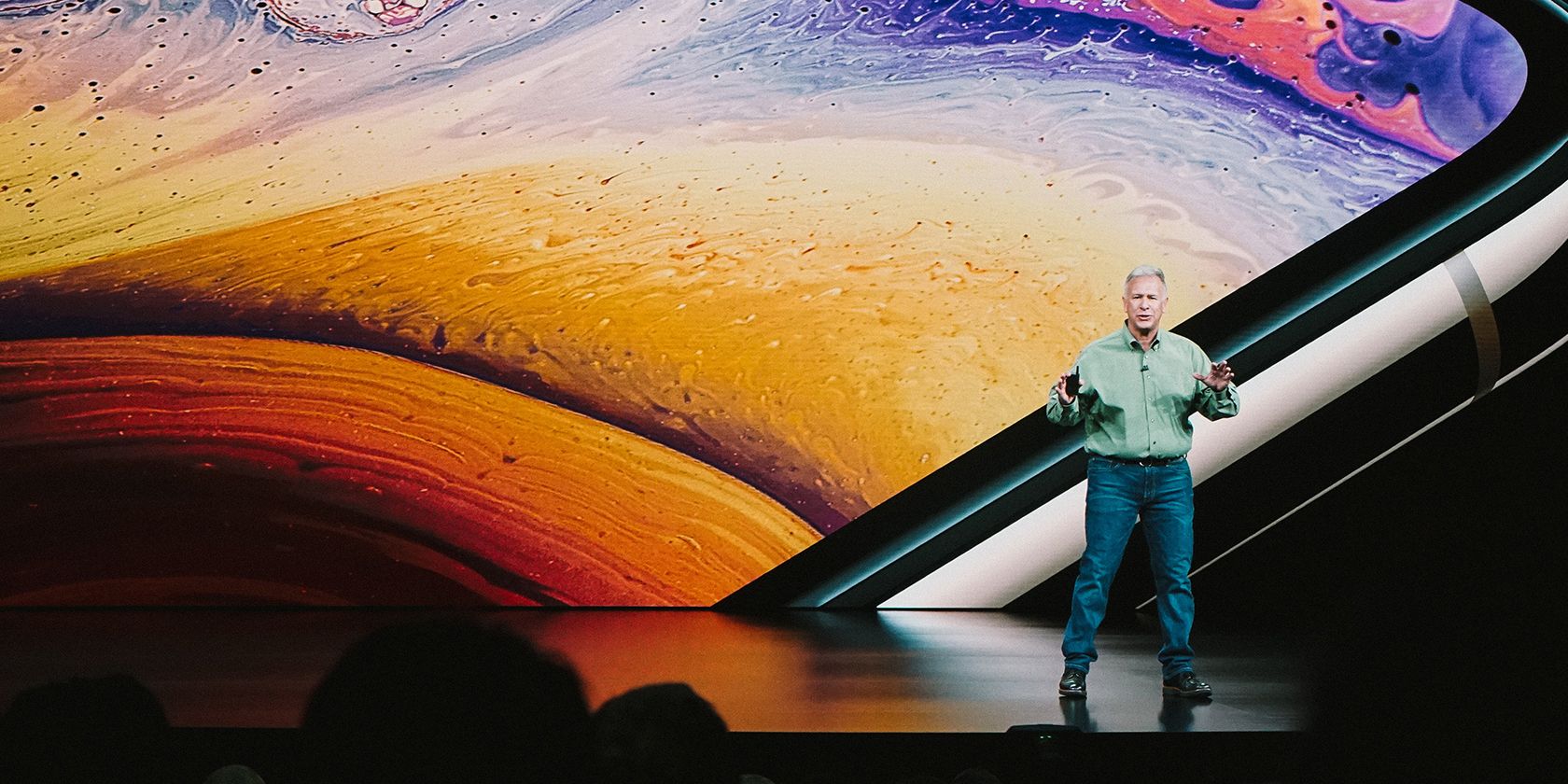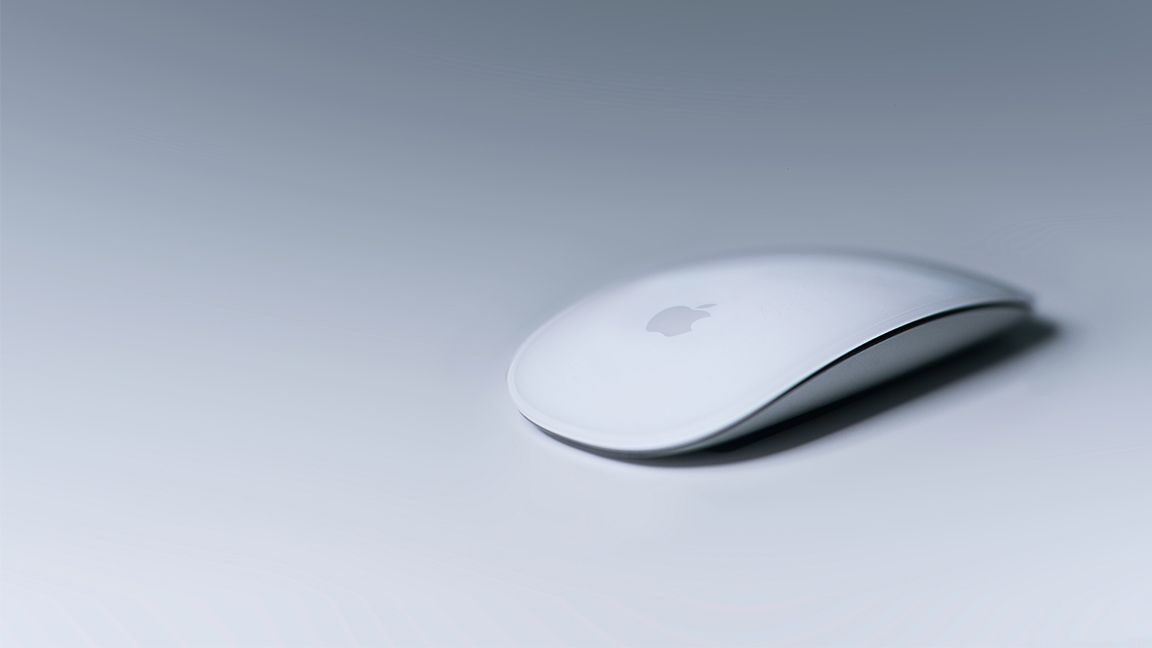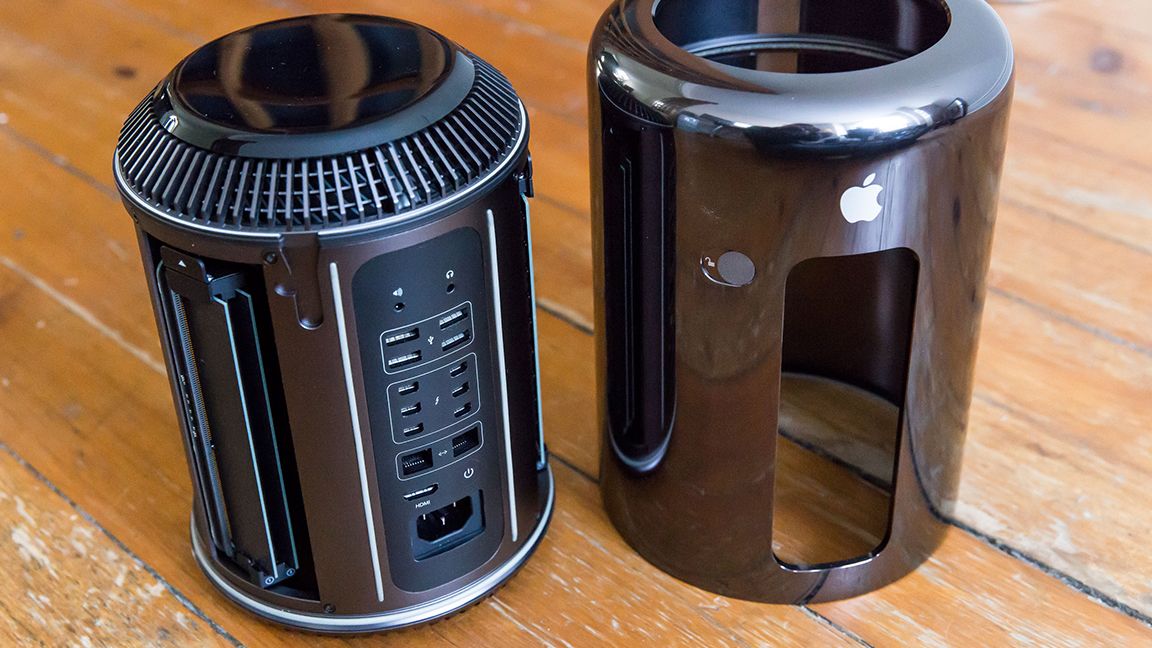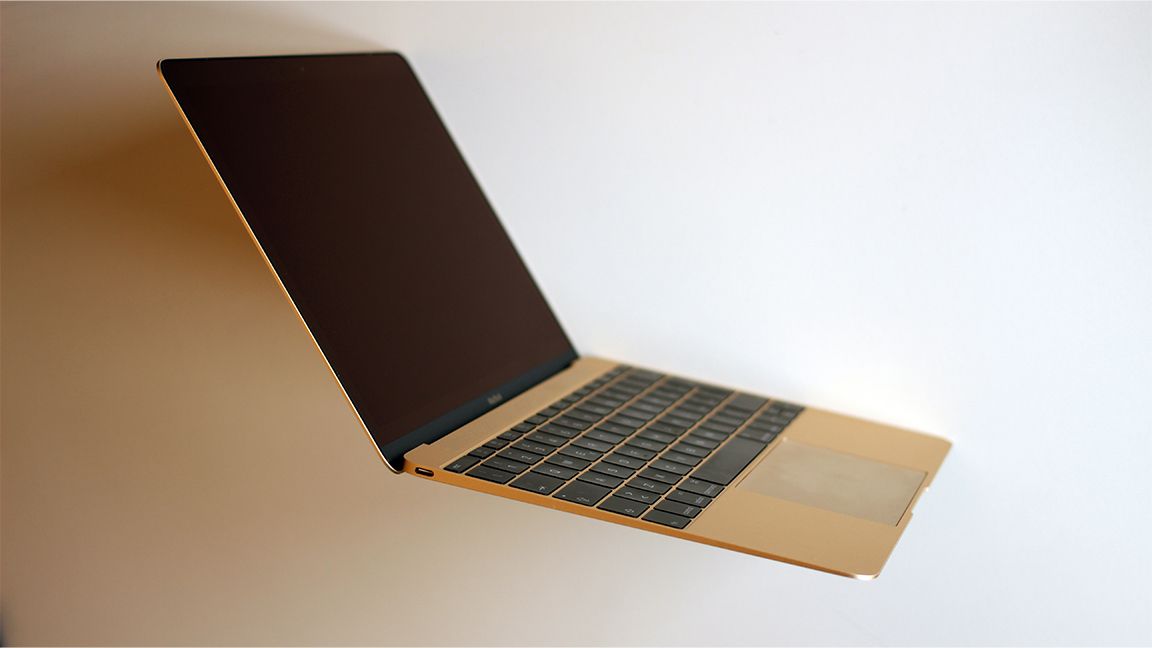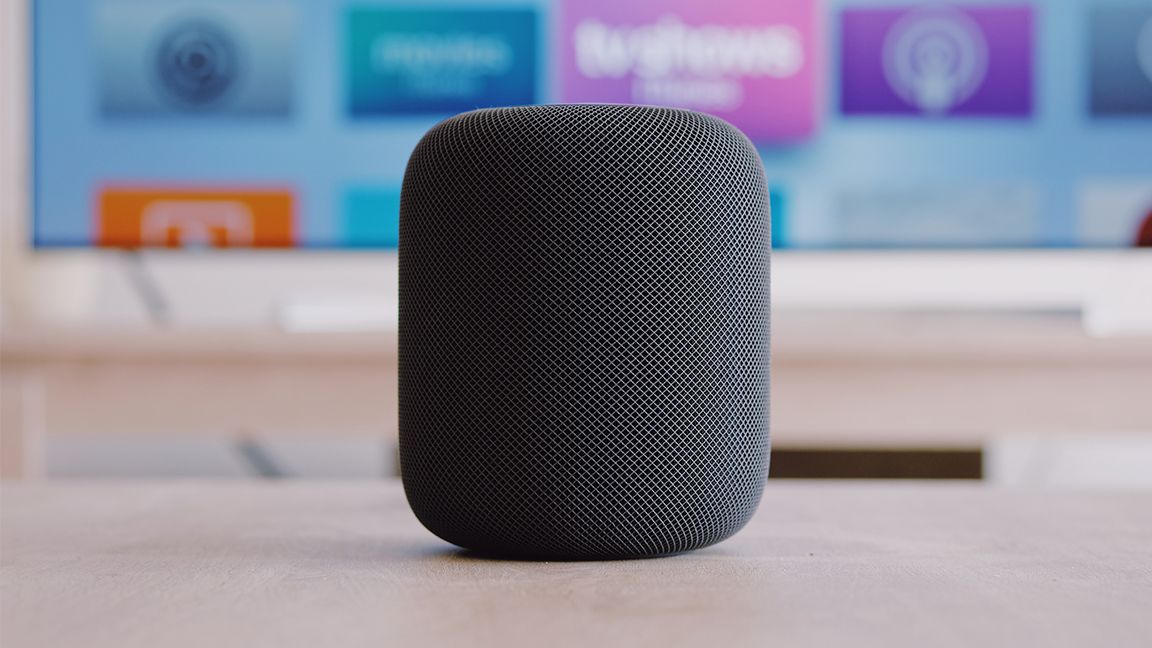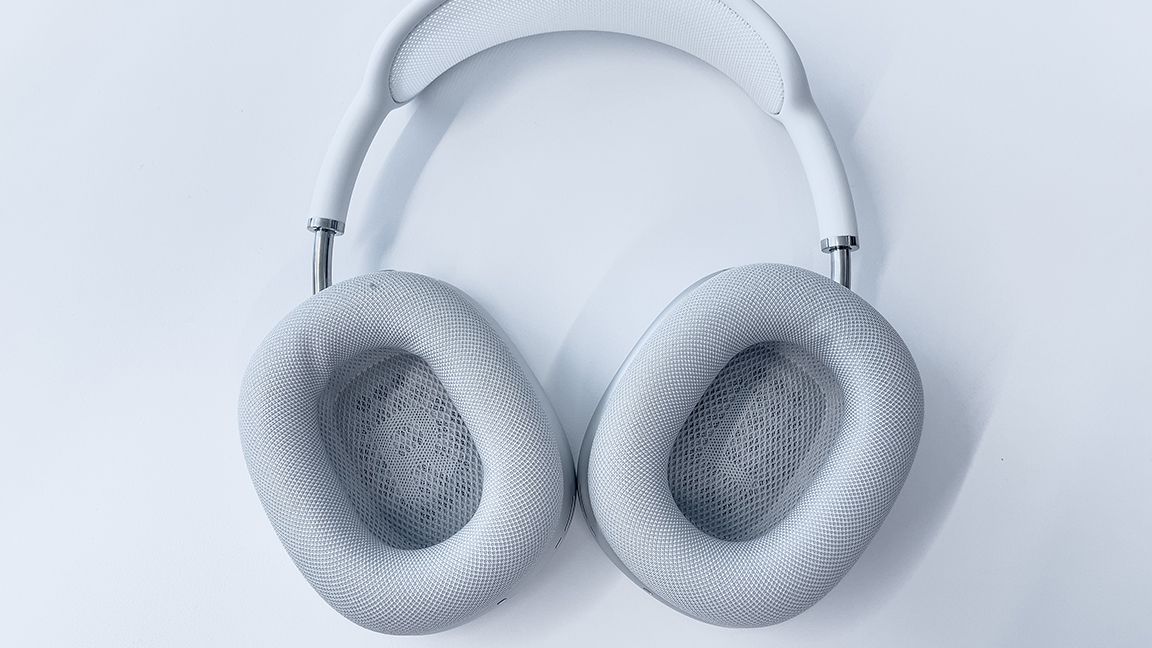Most people consider Apple one of the biggest success stories of this century. The sales numbers speak for themselves. Since 2007, Apple has sold a whopping 2 billion iPhones (and counting). But, not all of Apple's products have been successful. For every hit, there are bound to be a few misses along the way.
Below, we'll look at the six worst Apple products of the 21st century (so far). You'll be surprised.
1. iPod Shuffle: The iPod, Minus the Screen (2005)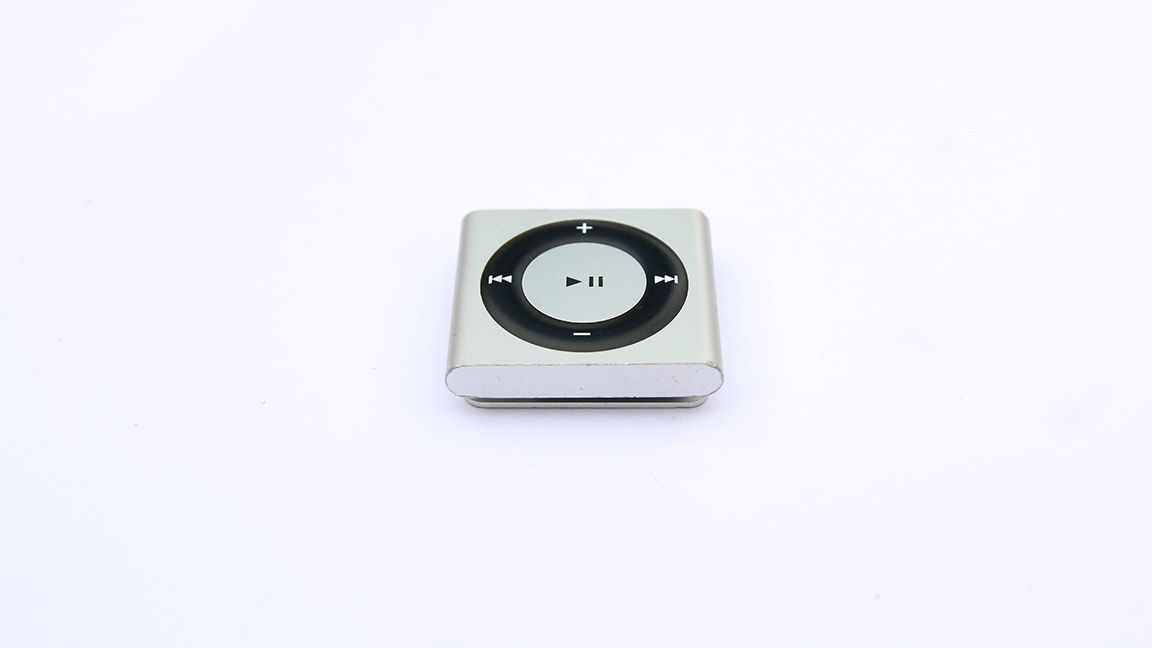
Okay, you might be shocked to see the iPod Shuffle at the top of the list, but hear us out; the iPod Shuffle was a successful product in terms of sales, but it is one of the worst products Apple made, in our opinion. Here's why:
The iPod has a long history, and before there was an iPhone for everybody, there was an iPod for everybody. And no iPod was weirder than the iPod Shuffle. Priced at just $49, the iPod Shuffle was the most budget-friendly iPod you could buy. And Apple got it to that low price by ditching the screen altogether.
The lack of a screen meant you couldn't search for individual songs like on every other iPod. Instead, if you wanted to hear a specific song, you'd have to listen to the beginning of every song on the device until you found it. Talk about taking a step backward.
Even though the iPod Shuffle was Apple's cheapest iPod, it wasn't even close to being the cheapest MP3 player on the market. And these budget MP3 players came with a screen.
2. Magic Mouse: Great to Look At, Not So Great to Use (2009)
You can split most people into two camps: those who love trackpads and those who swear by physical mice. With the Magic Mouse, Apple decided to find a middle ground between the two.
Instead of featuring a scroll wheel like every other mouse on the market, Apple did something different by adding a multitouch input surface for the entire top of the Magic Mouse. That means besides scrolling up and down like on a traditional mouse, you have precise four-way control with the Magic Mouse while being able to access functions like pinch and zoom. Sounds great, right?
Well, the only problem is that the Magic Mouse is simply awful to hold. While a traditional mouse fits your palm like a baseball, the Magic Mouse is so flat that you need to grip it with just your fingertips. That type of grip is not only uncomfortable but also can cause strain on your hand and wrist.
On top of that, Apple faced criticism for the port placement of the Magic Mouse—it was a design failure. Most wireless mice have a charging port at the front, allowing you to plug it in and use it like a wired mouse while charging. But the Magic Mouse's charging port is on the very bottom of the mouse, making it impossible to use while plugged in. All of these flaws are just more reasons why the Magic Trackpad is better.
We'll give Apple some credit here; the Magic Mouse looks cool. But while the Magic Mouse might make a great conversation piece, that's where its usefulness ends. Your hands will thank you for choosing anything else.
3. Mac Pro (2013): If It Ain't Broke, Don't Fix It
Dubbed the "trash can" because of its unique shape, or maybe because of its poor performance, the 2013 Mac Pro could be summarized by one word: over-engineered.
When Apple unveiled its second-generation Mac Pro in 2013, people were shocked by just how "different" the redesign was. Instead of the full-sized tower PC that defined the Mac Pro until that point, the 2013 Mac Pro was a black cylinder that was just a fraction of the size of the previous generation. To achieve that tiny form factor, Apple split the Mac Pro's motherboard into three different sections and placed a single fan at the center of the computer to cool the entire system at once.
While it took some incredible engineering to pack a fully powered desktop into such a small package, that tiny size may have been the Mac Pro's downfall. Apple's design meant that most components, including CPU and GPUs were proprietary to the model, making upgrade options very limited and expensive. Making things worse, the Mac Pro was also prone to overheating and sluggish performance. Not great for a machine that costs three grand.
The 2013 Mac Pro was Apple's attempt to reinvent the wheel, and it didn't pay off. The follow-up Mac Pro returned to a much more traditional full-tower design.
4. 12-Inch MacBook: A Mini Laptop With a Mega Price Tag (2015)
In 2015, Apple unveiled a new base-model laptop, simply dubbed "MacBook." Although this 12-inch mini laptop redefined thin and portable, it didn't have the performance to justify its price tag.
The MacBook made headlines as Apple's first fanless computer. But although these days we're used to seeing fanless laptops like the MacBook Air blow through benchmarks, in 2015, technology wasn't quite where it is today. The 12-inch MacBook was powered by Intel's Core M processor, a chip more at home in a tablet than in a full-fledged computer. While it was fine for web browsing or simple tasks like writing essays, the MacBook's processor was just too underpowered for much else.
Apple made several sacrifices to get the 12-inch MacBook out the door, but the price tag wasn't one of them. The mini MacBook started at a very full-sized price of $1299, putting it on par with the MacBook Pro, leading many potential buyers to skip it altogether.
5. HomePod: Sorry Siri, You're No Match for Alexa (2017)
In 2017, Apple decided to jump into the world of smart speakers with the HomePod, an overpriced and underwhelming device, especially when compared to Amazon Echo or Google Home.
The first Amazon Echo device landed in 2014; since then, Alexa-powered devices have been leading the pack. Apple was late to the game and was playing catch-up with the HomePod. One of HomePod's biggest downfalls is Siri. Apple's voice assistant just isn't as smart as Alexa. The fact that the HomePod retailed at a whopping $299 didn't help either.
Apple is known to have some devoted customers, but the fact you could pick up a smarter Amazon Echo device for a fraction of the price made the HomePod a very tough sell for many. In 2021, Apple discontinued the original HomePod, leaving the $99 HomePod mini as your only option if you want a Siri-powered smart speaker.
6. AirPods Max: Ready to Pay More for Less? (2020)
Sometimes it seems like Apple is the epitome of form over function, and the AirPods Max are a perfect example.
The AirPods Max seem like an interesting product on the surface, featuring respectable audio quality and high-quality noise-cancelation. But, manufacturers like Sony and Bose offer headphones that deliver better quality audio at a lower price, making many people wonder if the AirPods Max are worth the cost.
Plus, unlike almost every other pair of over-the-air wireless headphones, the AirPods Max don't have a power button and ship with a case that doesn't offer any protection. Instead, Apple's flimsy "Smart Case" allows it to enter an ultra-low-power state. That, mixed with the fact that they don't fold up, makes them more of a hassle to carry around.
The AirPods Max have a fashion-forward design that'll help you stand out, but that's about it. The original AirPods changed how we listen to music, while the AirPods Max didn't bring anything new to the table.
Even Apple Can't Win Every Time
People make mistakes, and so do companies. Apple is no exception to that rule, despite being the biggest brand in the world. For every iPod or iPhone, there's a HomePod or iPod shuffle.
They say every failure brings you closer to success. So even though not all of Apple's products have been revolutionary, that willingness to take risks and try out new ideas helped create some of Apple's greatest successes.

